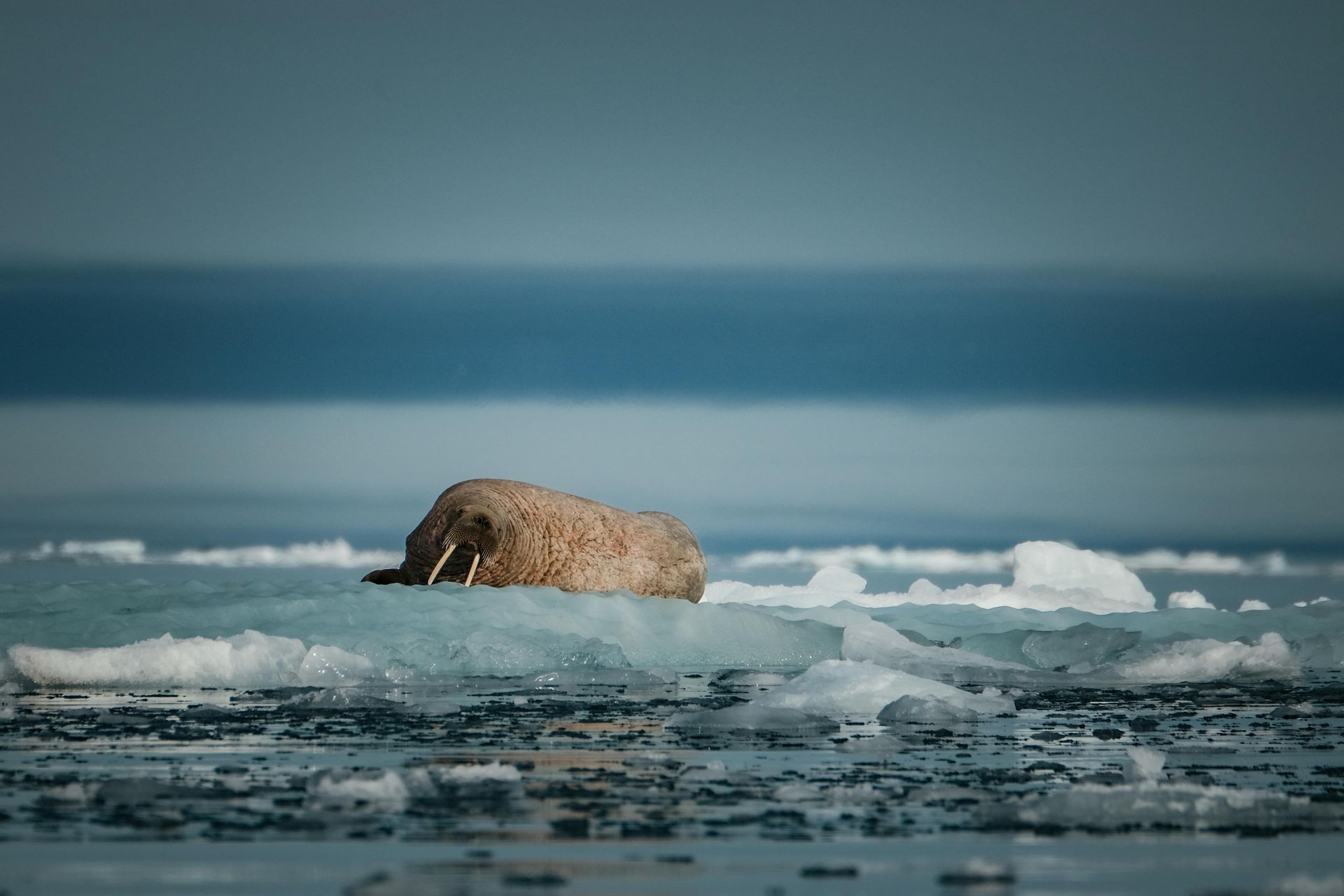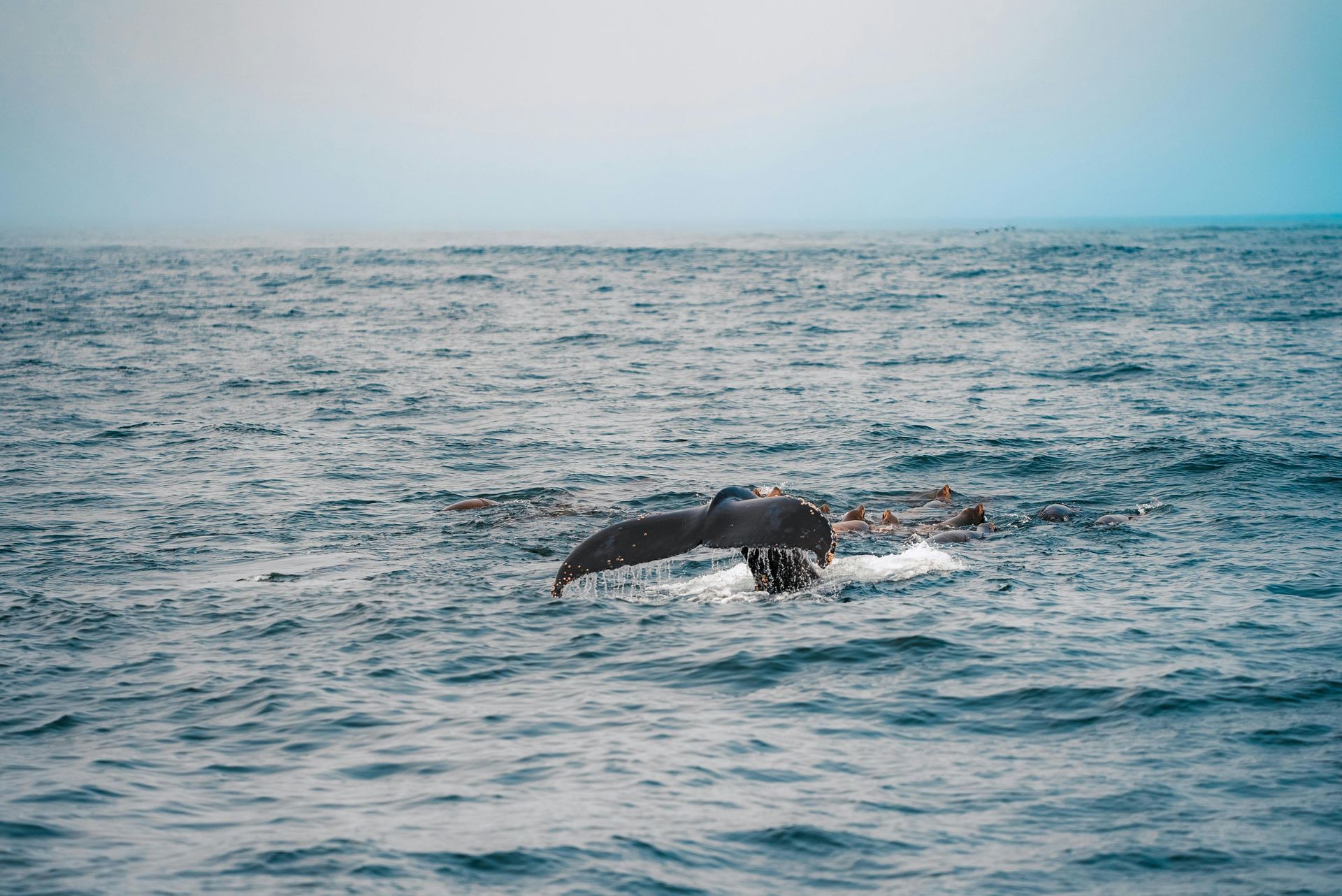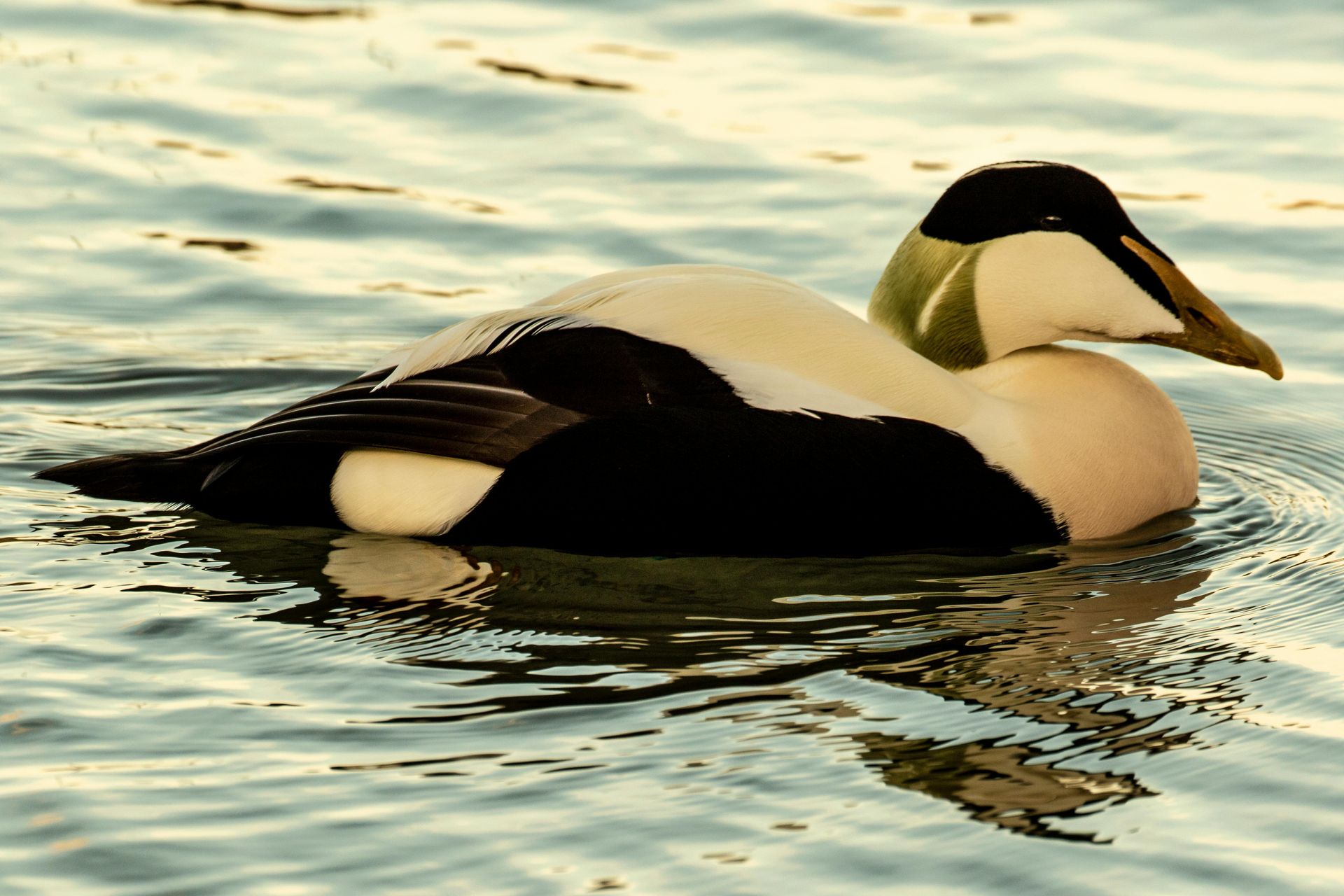Svalbard's Historical Tapestry: March Through Time
Svalbard's Historical Tapestry: March Through Time

March in Svalbard is a month of transition, where the long polar night gives way to the returning light, casting a new perspective on the archipelago's rich history. The early explorers who first set foot on Svalbard's icy shores in the late 16th century would have marveled at the stark beauty and unforgiving conditions. Dutch navigator Willem Barentsz's discovery in 1596 marked the beginning of European interest in the region, setting the stage for centuries of exploration and exploitation. The hunt for whales brought a flurry of activity to the Arctic waters, as whalers sought the valuable blubber that would fuel lamps and machinery back home.
March, with its increasing daylight, illuminates the remnants of Svalbard's whaling past. Whalebone graves and the ruins of early settlements serve as silent reminders of the archipelago's economic foundations. The pursuit of whale oil drove not only whalers but also trappers and adventurers to these remote islands. The harsh conditions and isolation tested the limits of human endurance, with many paying the ultimate price in their quest for fortune. Yet, their efforts laid the groundwork for future generations who would continue to explore and settle this Arctic frontier.
As the light returns, Svalbard's coal mining history comes into sharper focus. The 20th century saw the rise of coal as the primary economic driver for the region. Longyearbyen, founded by American businessman John Munroe Longyear in 1906, became the epicenter of this industry. The town's development was fueled by the demand for coal, which was extracted from mines scattered across the archipelago. March's thawing snow reveals the skeletal remains of mining infrastructure, a testament to the men who toiled in the darkness to extract this valuable resource.
Scientific exploration has always been a cornerstone of Svalbard's identity, and March is no exception. The establishment of the Svalbard Treaty in 1920, which recognized Norway's sovereignty while allowing other nations to conduct research, solidified the archipelago's role as a hub for scientific inquiry. The return of daylight in March is a boon for researchers studying a wide array of phenomena, from glaciology to climate science. The stark landscape provides a unique laboratory for understanding the Earth's changing environment, attracting scientists from around the world.
March also brings to mind the resilience of those who have lived and worked in Svalbard's extreme conditions. The history of trapping, which reached its zenith in the 19th and early 20th centuries, is filled with stories of individuals who endured isolation and hardship. Their cabins, scattered across the archipelago, stand as enduring symbols of human tenacity. These trappers, often spending months alone in the wilderness, relied on their wits and resourcefulness to survive. Their legacy is preserved in the cultural heritage sites that dot the landscape.
The Second World War left an indelible mark on Svalbard, and March provides a poignant backdrop for reflecting on this tumultuous period. In 1943, the archipelago was the site of significant conflict as German forces targeted Allied supply lines and weather stations. Operation Zitronella, a German attack on the settlements of Longyearbyen and Barentsburg, highlighted the strategic importance of Svalbard. The scars of war, still visible in some areas, are a stark reminder of the archipelago's role in global conflict and the resilience of its inhabitants.
Modern Svalbard is a blend of historical legacy and contemporary life, where the past is never far from view. The Svalbard Global Seed Vault, established in 2008, embodies this connection. Situated near Longyearbyen, the vault protects the world's crop diversity against global crises. March's frigid temperatures ensure the seeds remain secure, reflecting humanity's commitment to safeguarding its agricultural future. The vault stands as a beacon of hope and resilience, a modern monument to our interconnected world.
Tourism, increasingly significant to Svalbard's economy, offers visitors a chance to experience its historical and natural wonders. March's unique light conditions, with the sun's gradual return, create a magical atmosphere. Guided tours to historical sites, such as the Russian mining town of Pyramiden, provide a glimpse into the past. The juxtaposition of decaying Soviet-era architecture against the pristine Arctic landscape offers a striking visual narrative, capturing the essence of Svalbard's history.
As March progresses, the story of Svalbard continues to unfold. The archipelago's history is a testament to human endeavor and the relentless forces of nature. Each layer of its past adds depth to the present, creating a rich tapestry that is both fascinating and inspiring. Svalbard in March is a living chronicle of the Arctic's legacy, a place where history and nature intertwine in a dance of light and shadow.












